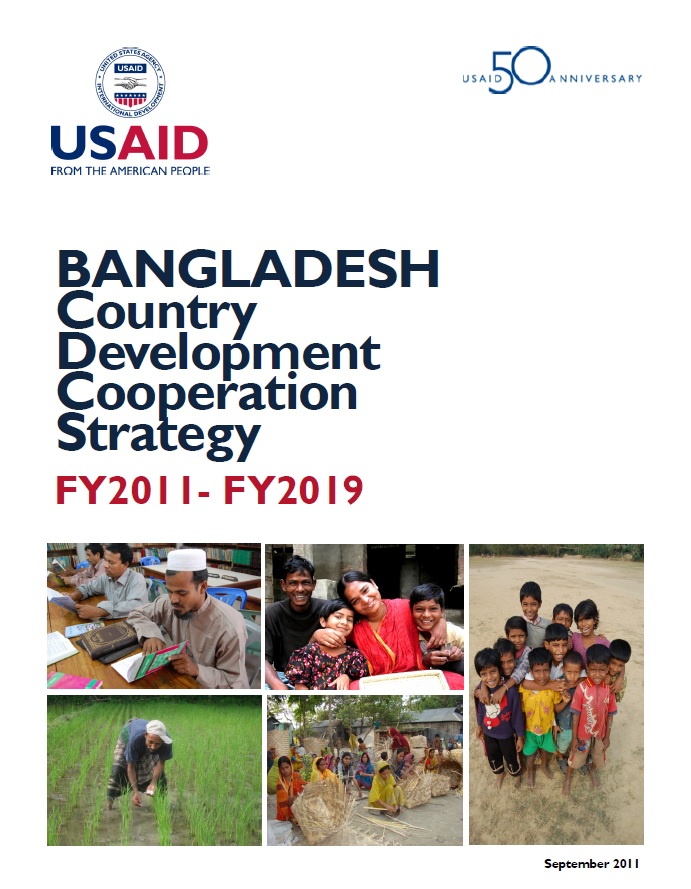Speeches Shim
Bangladesh is an important partner of the United States. The Government of Bangladesh (GOB) has been an active partner in planning and implementing USAID/Bangladesh’s (USAID/B) development programs.
Past assistance has not only helped the GOB overcome some of its formidable development challenges but has also resulted in several broad-based benefits to the country and its citizens. USAID’s new Country Development Cooperation Strategy (CDCS) for Bangladesh follows in this tradition of partnership. Over the next five years, USAID will support the GOB’s plans to transform its economy to achieve Bangladesh’s ambitious vision of becoming a middle income country by 2021 when Bangladesh celebrates its 50th year of independence.
USAID/Bangladesh’s CDCS is based on Government of Bangladesh designed national plans, including the Sixth Five-Year Plan for 2011–2015. The overall goal of the CDCS is support the country’s ambitious goal to become a lower-middle-income country by 2021, with a minimum per capita of $999.
Given the gross national income per capita of $640 in 2010, Bangladesh requires a GDP growth rate of eight percent or more each year to reach that goal. The Sixth Five-Year Plan focuses on: (1) Accelerating economic growth and employment; (2) Benefiting from higher labor force growth and ensuring labor quality; (3) Improving factor productivity through information technology; (4) Reducing population growth; (5) Ensuring food security; (6) Managing the spatial dimensions of growth; (7) Improving access of the poor to essential services and factors of production; (8) Ensuring social protection for the underprivileged population; (9) Ensuring gender parity; (10) Ensuring environmental sustainability; (11) Improving governance; (12) Strengthening administrative capacity; and (13) Establishing a results-based monitoring and evaluation system. Other significant plans developed in recent years with US and other donor assistance include: The Second National Strategy for Accelerated Poverty Reduction for 2009– 2011; the National Food Policy Plan of Action (2008–2011); the Health, Population and Nutrition Strategic Development Plan (HPNSDP); the Bangladesh Climate Change Strategy and Action Plan 2009 (BCCSAP); and the Bangladesh Country Investment Plan, a five-year plan to ensure sustainable food security through public investment in agriculture, food security and nutrition.
USAID/B supports GOB’s Vision 2021 through the goal statement, “Bangladesh, a knowledgebased, healthy, food secure and climate resilient middle income democracy,” and will contribute to the GOB’s long term development goals while focusing on improving the lives of the poor. The results framework for 2011-2016 presents the following Development Objectives (DOs) that contribute to USAID/B’s overall goals:
- DO1: CITIZEN CONFIDENCE IN GOVERNANCE INSTITUTIONS INCREASED
- DO2: FOOD SECURITY IMPROVED
- DO3: HEALTH STATUS IMPROVED
- DO4: RESPONSIVENESS TO CLIMATE CHANGE IMPROVED
Given the significant challenges in food security, health and climate change, Bangladesh has been selected as a priority country for the U.S. Government’s Global Health Initiative (GHI), Feed the Future (FTF), and the Global Climate Change (GCC) Initiative.
Extended through: December 31, 2020



Comment
Make a general inquiry or suggest an improvement.